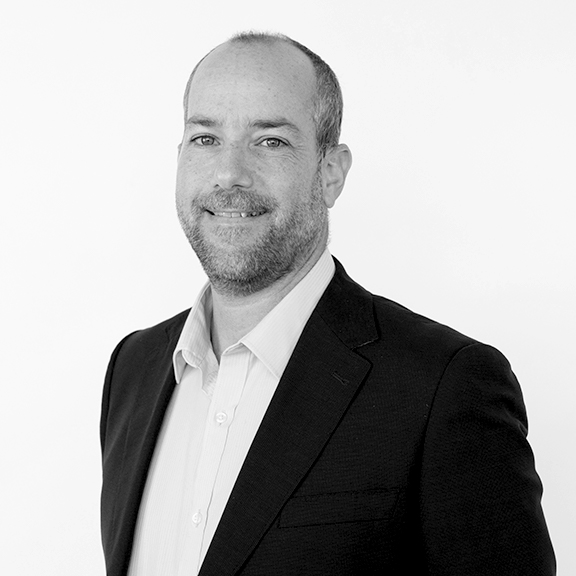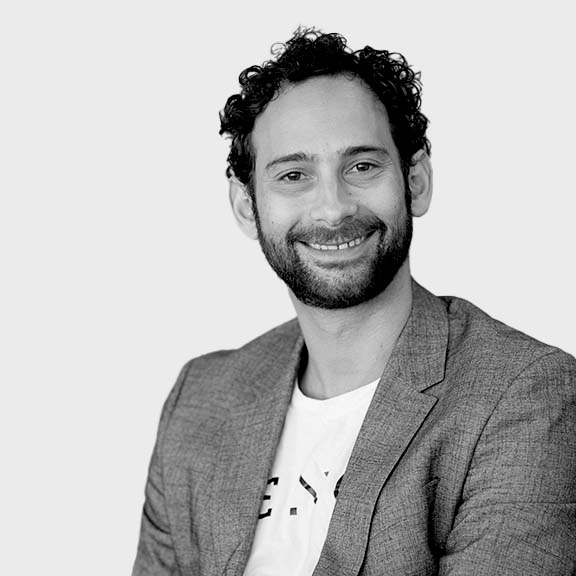For some advertisers, even Facebook and Google have their limits. Such was the case for Australian-born personal hearing device maker, Nuheara, whose narrow target audience was challenging its ability to grow direct-to-consumer business using standard digital channels.
According to Nuheara digital marketing director, Scott Forrest, the brand’s prospective customers tended to be males aged between 45 to 65 who fell into one of two specific groups.
One was made up of people who may not be aware they had hearing issues, although they might have noted they had problems listening in crowded restaurants and noisy areas among many other voices. The second group probably had a similar experience but had also been to an audiologist for a heading check.
In either instance, Forrest said such consumers might be upset to realise they had a problem, but also uncertain or unaware of what solutions might help them.
“Search is constrained by how many people are searching for something,” he told CMO. “We knew Facebook was going to face serious headwinds with where iOS 14 and 14.5 was heading, and in the last month or two that has proven itself out.”
However, Forrest still needed to fill the top of Nuheara’s sales funnel, so a new strategy was needed.
“It was really very much about awareness and getting people to take the first step in their hearing health journey,” he said.
Programming a new media approach
In a previous role, Forrest had solved a similar problem by expanding his company’s media reach, working in conjunction with agency, Bench Media.
“Nuheara was talking to an audience that didn’t necessarily know they needed the product, and so for us it was about getting the message out there,” said Bench general manager, Esther Carlsen. “We have seen a couple of clients have a similar issue with Facebook. We had proven in the past that if you can broaden the channels you are running against, away from performance and into branding, then you start to feed that funnel and target consumers more broadly.”
Bench developed a program using programmatic advertising buys to reach potential customers across a wide range of media types. Carlsen said the growth of media types that can be purchased programmatically, including video, broadcast video on demand (BVOD) and TV, as well as audio, digital out-of-home and other branding channels, has significantly broadened reachable audiences.
This article was first published in CMO on 23 August, 2021. Read the full article here.




